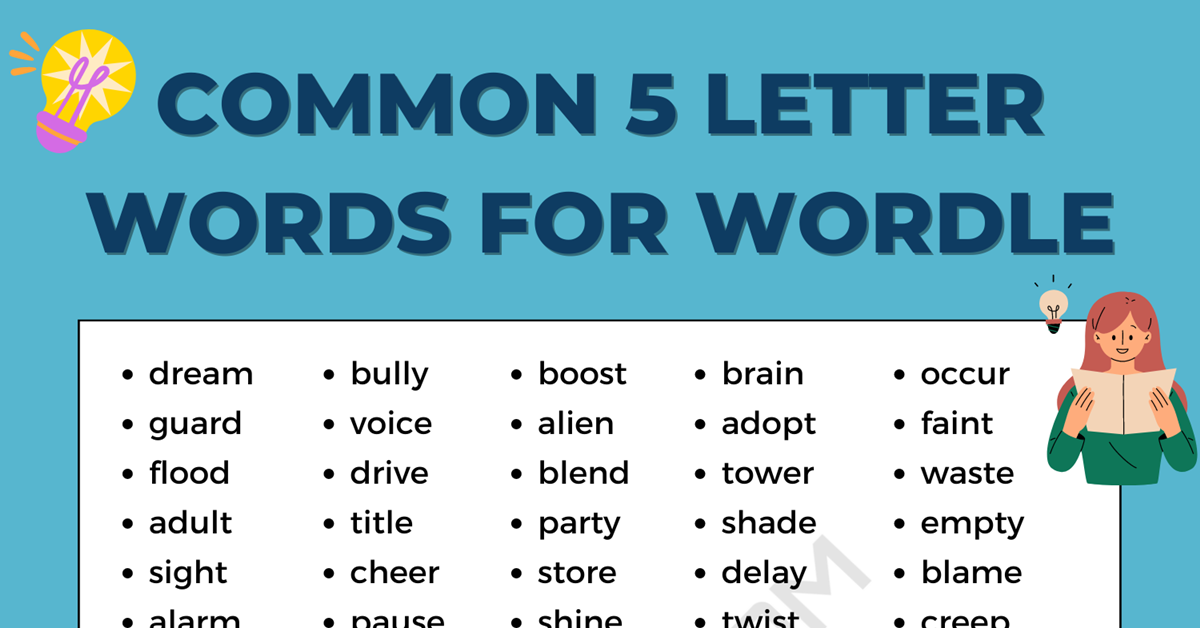There is no definitive mathematically optimal strategy for Wordle, but some key points about developing an effective strategy:
- Starting words should maximize potential value of information gained from results. Words with a mix of common letters perform best on average.
- Develop word lists to lean on that are arranged according to observed letter frequencies in the English language.
- Bayesian probability can be applied to update likelihood of letters/words after each guess based on new information. This guides subsequent guesses.
- Linear algebra models have been used to analyze word co-occurrence networks and deduce statistically best word progressions.
- Some strategies aim to reduce the number of possible solutions by 40-50% with each guess on average to solve in minimum guesses.
- Adapt strategy based on results and dynamic word lists as some words provide more clues than others.
- Human intuition and word knowledge may trump purely mathematical models due to complex factors like word patterns, spacing of letters, etc. that are hard to model perfectly.
So in summary, while no strategy can guarantee perfection due to randomness, optimization techniques can develop highly effective Wordle approaches to maximize information, solve consistently in as few guesses as possible, and leverage artificial intelligence wherever it helps – but human problem-solving still plays a role. It remains a challenging problem to optimize fully.
